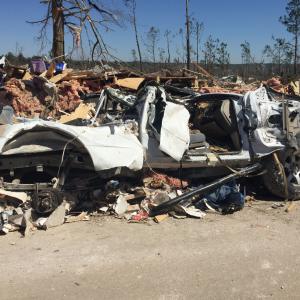
Van Riggs is the Senior Vice President of Programming for iHeartMedia in Alabama. iHeart’s facility is in Opelika, AL, which is right on the city limit line with Auburn. It’s also about 15 miles north from where the killer tornado touched down this past Sunday. Twenty-three people were killed. Homes, vehicles, and property were destroyed. And countless lives were changed forever. We spoke with Riggs on Wednesday afternoon, shortly after he returned from touring the affected area with the local Sheriff’s Department.
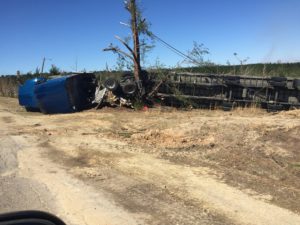
Radio Ink: Can you describe the damage for us?
Van Riggs: The damage is truly unbelievable. A common misconception is that all of these were mobile homes, but I have seen entire homes lifted up off the foundation and moved. We saw brick structures completely gutted and cars crushed like a recycled soda can. The craziest thing I saw while being escorted through with the Lee County Sheriff was an 18-wheeler with a flat bed, turned on its side, and bent across a tree. The path of the storm was nearly a mile wide, and outside of that path the homes stand without a missing shingle. That was also a crazy sight, to know how close some of these homes were to the storm and nothing was touched.
Radio Ink: Was there any warning at all when they came through?
Van Riggs: There was warning, but the warning was only about eight minutes. This area is very rural so there aren’t many places to go. If you were in your “safe place,” at least in Beauregard, it didn’t help much. The timing was about 2:30 in the afternoon on a Sunday, so unfortunately most all the homes were occupied.
Radio Ink: How is the local government helping the citizens?
Van Riggs: In every way possible. FEMA is now fully involved, our local and state EMAs are on site, the Red Cross, Sheriff’s Department, police, fire, EMS, and many other organizations as well. I saw police and fire departments from towns all over Alabama and Georgia.
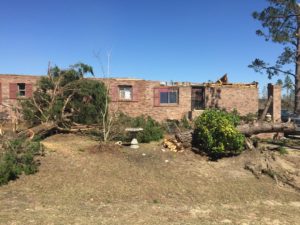
Radio Ink: How are your stations covering the devastation?
Van Riggs: We were wall-to-wall all afternoon during the storm with our local news affiliate. Currently, we are running press conferences live, providing info online and on social media, and running a GoFundMe page along with other iHeartMedia stations across Alabama to provide funding for long-term recovery.
Radio Ink: What’s your plan for future coverage or events to help the community?
Van Riggs: Right now we are just collecting funds for the long-term recovery. We are being told that is the biggest need now. We hope to do more boots-on-the-ground assistance in the future when the large groups of volunteers leave the area in the coming days. Right now they are overflowed with items that have been donated and are running out of space to house them.


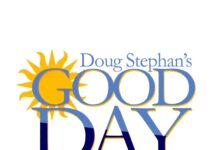
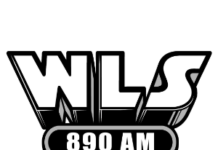


This is a great illustration of the strengths of broadcasting vs. cellular.
The point to multipoint coverage of a Class C radio station equals the equivalent coverage of several hundred cell sites. Radio has far fewer points of failure, and with multi-station coverage, there is almost always stations the populace can get all emergency information. Not so with cellular, where the downing of the nearest tower knocks out coverage when most needed. Radio is for COVERAGE in the most efficient. economical technical architecture known to man. Get the content right, and radio’s superior economics of distribution should always get a significant share of listeners and advertising revenues. The joker in the deck is too many broadcasters have hollowed out content today, and are paying the price. In many cases, radio today is a hollowed out medium compared with radio in the 60’s and before. Radio still is the most efficient medium, and can flourish with innovation and great content, if only its leaders wake up.